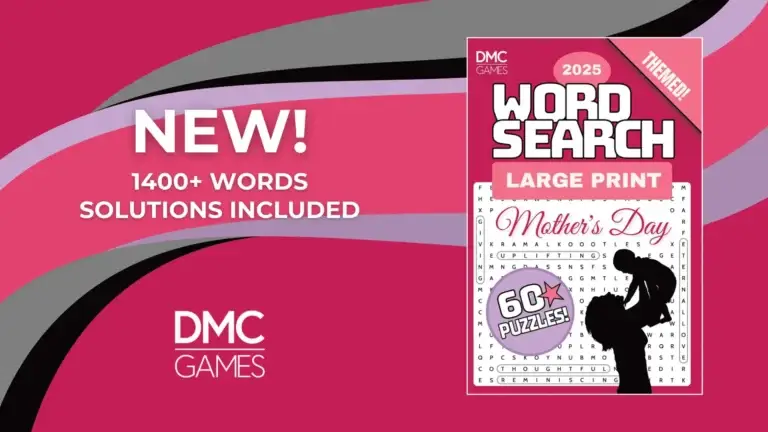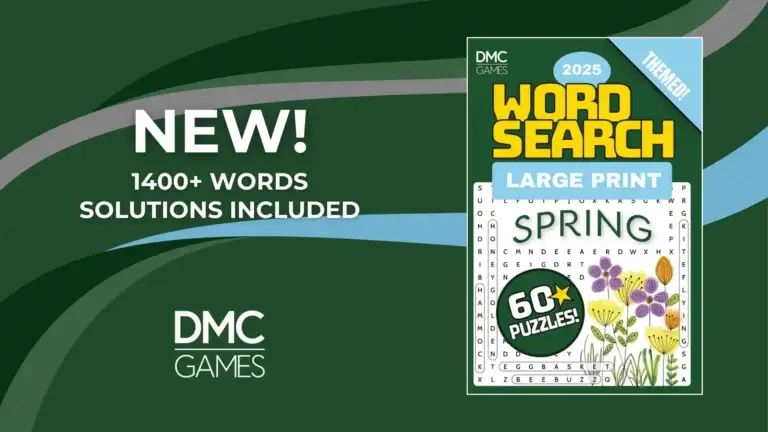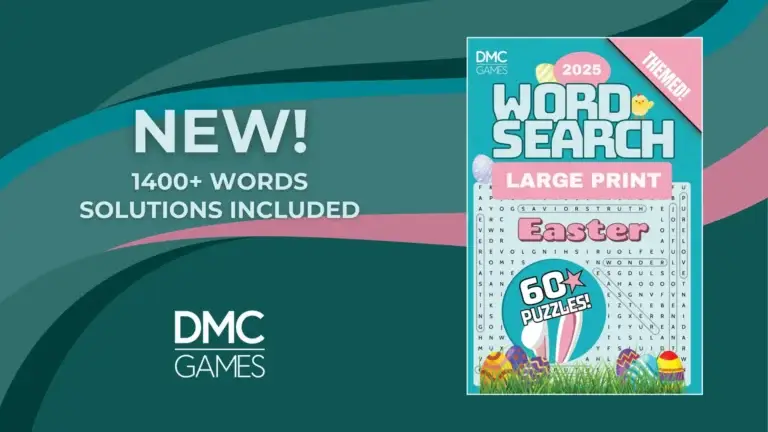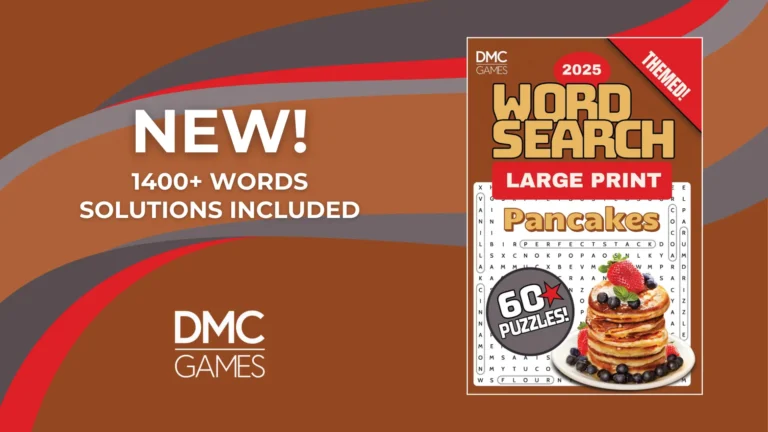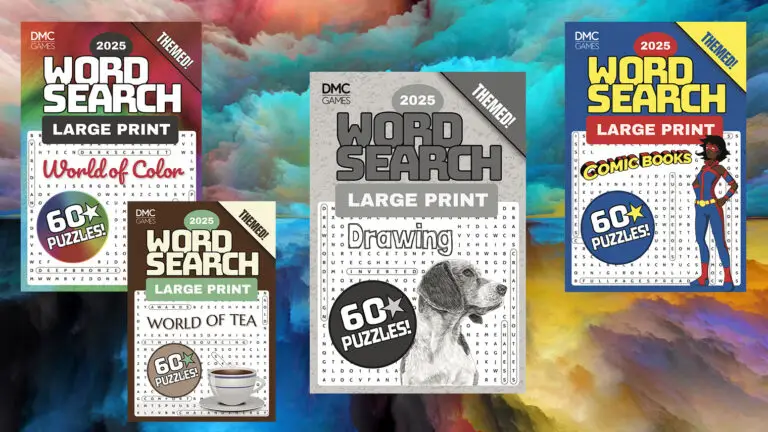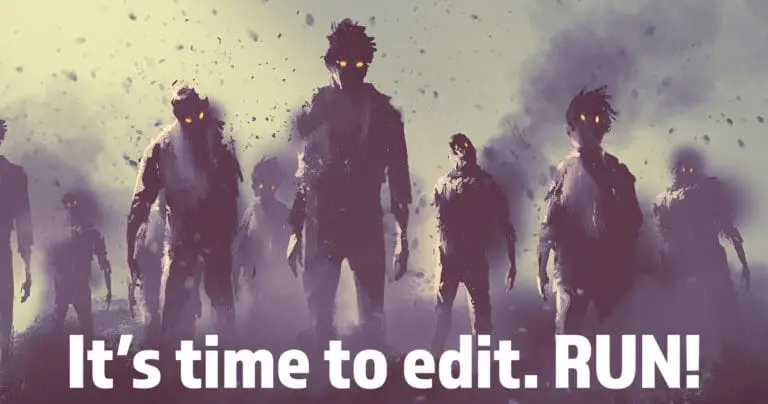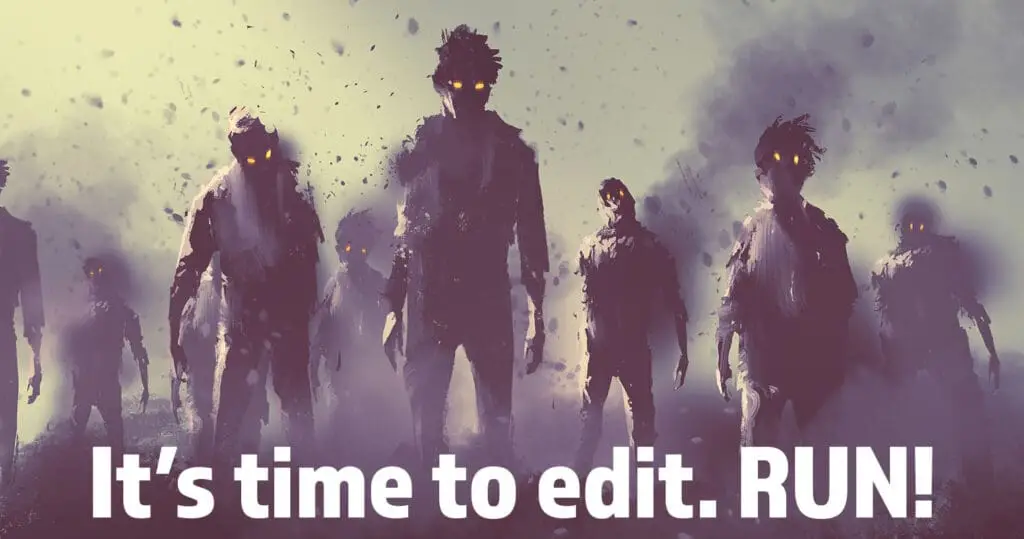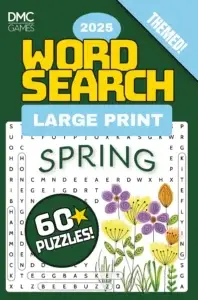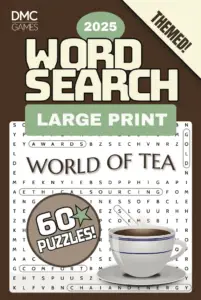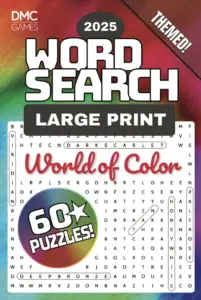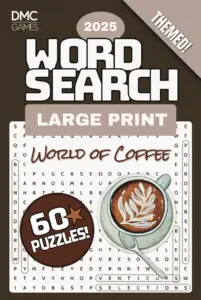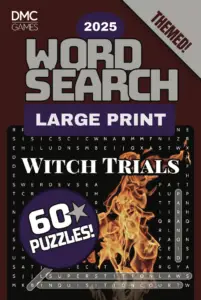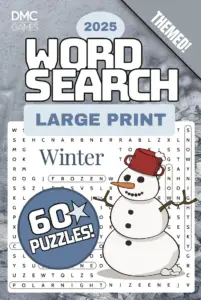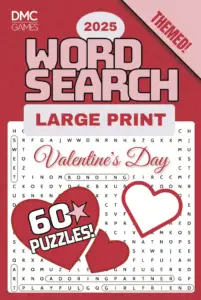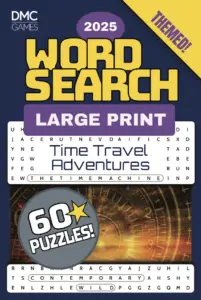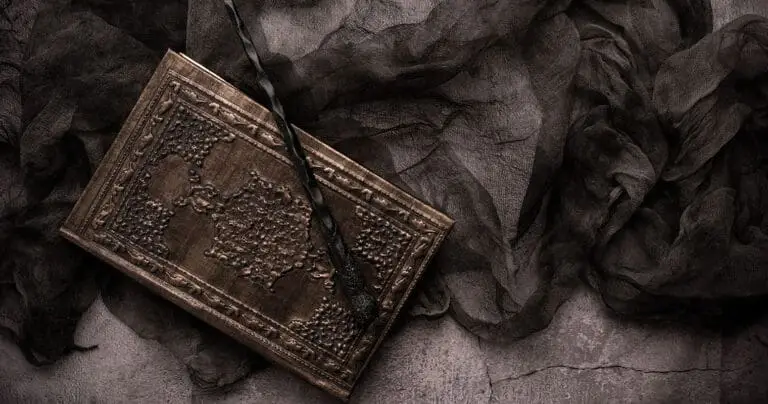You’ve poured your heart and soul into your story, developing characters and weaving intricate plots, but the journey from the first draft to a polished, publishable manuscript is far from over. Editing is a crucial stage in the writing process that can make or break your novel. It’s super serious. Worried yet? Don’t be. Here are three effective strategies for editing your fiction manuscript to ensure it shines.
Strategy 1: The Three-Pass Approach
The three-pass approach is a systematic editing method that allows you to focus on different aspects of your manuscript in each pass. The strategy helps you avoid feeling overwhelmed by the editing process and ensures that you address all of your story’s critical elements.
Pass 1: The Big Picture
In the first pass, focus on your story’s overall structure and flow. Ask yourself questions like:
- Does the plot make sense and hold together?
- Are the characters well-developed and consistent throughout the story?
- Is the pacing appropriate, with a good balance of action, dialogue, and description?
- Are there any plot holes or inconsistencies that need to be addressed?
Don’t worry about finer details like grammar and punctuation during this pass. Instead, concentrate on the big picture and note areas that need improvement. Once you’ve made the necessary changes, re-run the first pass. Only when you’re satisfied should you move on to the second pass.
Pass 2: The Scene Level
In the second pass, look closely at each scene and chapter—largely apart from the others. We’re getting more granular here. Consider the following:
- Does each scene serve a purpose and advance the plot or character development?
- Is the dialogue natural and engaging?
- Are the descriptions vivid and immersive without being overly lengthy?
- Are the transitions between scenes smooth and logical?
This pass ensures that each scene is polished and contributes to the overall narrative. Just like before, make your adjustments and then re-run pass two. Only when you’re satisfied should you move to the final pass.
Pass 3: The Finer Details
The third pass is where you focus on the nitty-gritty details of your manuscript. This includes:
- Proofreading for grammar, punctuation, and spelling errors
- Checking for consistency in formatting, such as font, spacing, and chapter headings
- Ensuring that character names, ages, and descriptions remain consistent throughout the story
- Verifying facts, dates, and other details for accuracy
This is where a tool like Grammarly comes in. I have a whole explanation of how and why to use Grammarly to focus on grammar, punctuation, and spelling. It won’t do all the work for you, but understanding its suggestions can be a real time-saver.
By the end of the third pass, your manuscript should be polished and ready for beta readers or professional editing. That’s right, you still need a professional editor (even if you have beta readers). Competition is at an all-time high between the ocean of self-published books and the incoming flood of AI-generated stuff. A book needs to stand out, and working with a reputable professional editor elevates it.
Pros and Cons of the Three-Pass Method
- Pro: It’s a very thorough method. If you use it carefully, you’ll have a much better manuscript at the end of it.
- Con: Your manuscript needs to be finished. You’re not ready for editing if you haven’t written THE END yet. That’s a con because you could discover during the first pass that something you did halfway through the book needs to be changed, which could necessitate rewriting a massive chunk of the back half. It happens.
- Pro: Note that I didn’t recommend using AI or other tools (except for Grammarly to catch spelling & punctuation issues). The big pro of the three-pass approach is that with all the reading and re-reading, you become very familiar with your work. When writing query letters, blurbs, or summaries, you’ll have intimate knowledge of the work.
- Con: Editing will take a long time for manuscripts that need a lot of work. Repeating the first and second passes can seem like editing is taking forever, and new and inexperienced writers could feel overwhelmed.
Strategy 2: The Reverse Outline Method
The reverse outline method involves creating an outline of your completed manuscript to analyze its structure and identify areas for improvement. This strategy is particularly helpful if you're a pantser, someone who writes without a detailed outline—you know, the crazy people1. If you've deviated significantly from your original outline during the writing process, the reverse outline can point out areas that need to be brought back in line.
To create a reverse outline:
- Read through your manuscript and make a list of each scene or chapter, summarizing the main events and character developments in a few sentences.
- Review your list and look for any inconsistencies, plot holes, or pacing issues.
- Identify scenes that may need to be added, removed, or rearranged to improve the flow and coherence of your story.
- Use your reverse outline as a guide for your next round of edits, focusing on the areas that need the most attention.
The reverse outline method can offer a fresh perspective on your story and ensure that all the pieces fit together seamlessly. But while this method certainly works for many writers, between reverse outlining and the three-pass approach, I’d choose the three-pass approach.
But I’ll lay out my preferred method in a moment. One sec.
Pros and Cons of Reverse Outlining
- Pro: It’s super straightforward. I mean, look at that. Four steps.
- Con: It’s deceptively simple. I mean, look at that. Four steps. This method can be too high-level and not granular enough.
- Con: It can feel strange to outline something after it’s written, especially if you haven’t done it before. This is a minor con, admittedly.
Strategy 3: Edit as You Write (BLASPHEMY!)
I think I’ve been looking forward to this section the most because not only is it damn near heretical in most circles, it’s the way I write, and that makes me a rebel. Sure, I’ve tried other methods, but this comes so naturally to me that it feels like it’s how I’ve always done things.
“When once I get to the end of a piece of work, whether it’s a quickie short-short or a ten-pound novel, I bloody well feel finished. When I write The End, I mean it.”
Lawrence Block, Telling Lies for Fun & Profit (p. 110). HarperCollins. Kindle Edition.
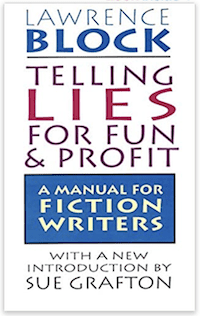
This man is my hero. In fact, I’m in the middle of writing “Stealing Time: Ten Things I Learned From Lawrence Block” and plan to have that up soon.
It’s very simple: whether I write 100 or 1,000 words on a Monday, I go back and edit those words before writing new material on Tuesday. Or, more accurately, I go back and work on a couple of pages before starting anything new.
Writing with my editor’s hat on helps me maintain a clearer focus and direction throughout the creative process. By continuously refining the work, I can identify and address potential issues early on, saving myself time and effort in the long run. Editing as I write allows me to ensure that each scene, character, and plot point is serving its intended purpose and that my story is progressing in a logical and engaging manner.
I think the most valuable thing I’ve learned with this method is that editing while writing can help develop a more critical eye for the work. Becoming accustomed to analyzing and refining the writing in real-time means becoming a more effective self-editor overall. This skill is invaluable for any writer, as it enables us to produce cleaner, more polished first drafts and reduces the amount of revision needed in later stages of the editing process. In short, you write better as you progress with this method, unlike the methods that require a finished manuscript before editing can begin.
Pros and Cons of My Favorite Method
- Pro: When you’re done, you’re done.
- Con: It takes a non-zero amount of courage to walk away from the finished manuscript. In theory, you’re done when you’re done, but in practice, it can be hard not to go back and fiddle with the manuscript.
- Pro: Reading back what you recently wrote has the same benefit as the passes in the three-pass method: you reiterate the work in your mind and get to know it more intimately.
- Con: You must know what you’re doing in the editing, which is a big deal. That’s not to say you need professional-level editing skills, but if you’re inexperienced with editing on both the developmental and copy levels, you might be better off with a different method for a while.
- Pro: The sense of accomplishment persists through the process. Knowing that chapter one is tight as you enter chapter two is a blessing.
- Con: Pure pantsers, the ones with no outline and zero idea where the story is going, may suffer. For them, this method, coupled with a good developmental edit on the completed manuscript, is likely the best course of action.
Last Thing
Remember what I said about needing a professional editor? If you want to see your book on the shelves at Barnes & Noble, you need one. Self-editing is an important step—required, even—but a book will turn out much, much better under the guidance of a good professional editor. When you’d like to know more about freelance editors, visit the EFA and ACES. They’ll steer you right.
- Someone once asked Mary Robinette Kowal on an episode of Writing Excuses what she thought Plotters could learn from Pantsers. She responded, “Joy?” I love that. Nothing against the “crazy” ones—we Plotters are just wired a little different. ↩︎

